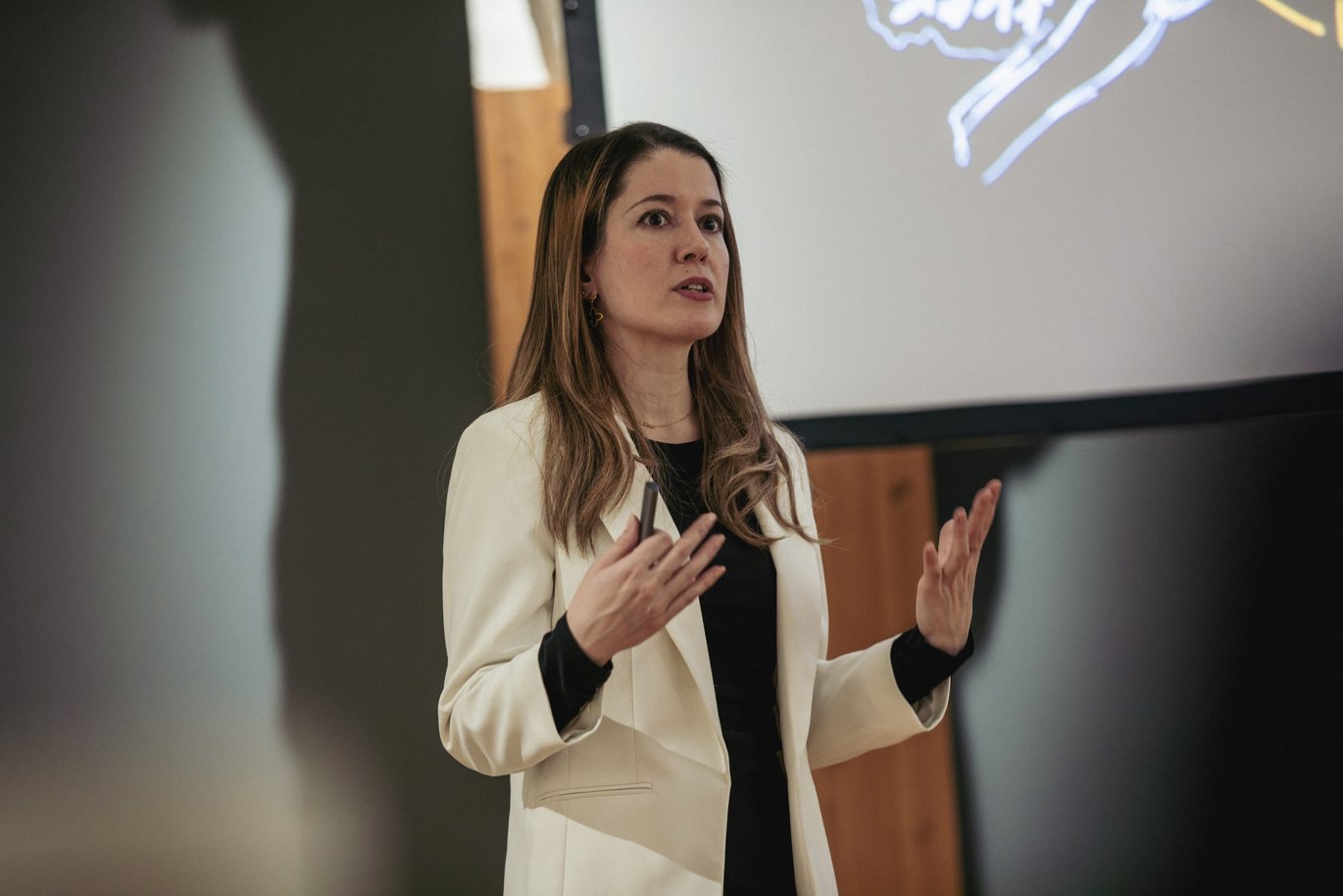Art and Neuroscience: To me, an inseparable combination
Assistant Professor, Andrea Moreno, loves Science and Art. During the Danish Research Festival she combined the two, inviting the audience into the beautiful world of the brain. In this blog post, Andrea reflects on the importance of disseminating her science in meaningful and impactful ways, invoking both creativity and discussion.



By Assistant Professor, Andrea Moreno
Communicating science in meaningful and impactful ways has always been important to me. The reasons are varied: first, because I believe that scientists have the duty to make science understandable for the general public; second, because motivation and awe are contagious; and last but not least, because it is rewarding to promote the divulgation of fact-based scientific data in the age of misinformation.
But besides those reasons, despite numerous previous contributions to scientific communication through talks and seminars, this event meant a lot to me. For many years I held a floating idea, something I had not seen before but always thought would be fun: an event where science is intermingled with art and attendees become both the audience and the artist. In this way, they gain some knowledge about a topic that is often misconceived and only ever touched upon by the parallel realities of movies and tv-shows, and they get to mix this new knowledge with their experiences and unique personalities to create something original. It was a chance to share my passion for both disciplines with others and to create an environment where participants could explore, create, and connect.
Seeing people of diverse backgrounds and ages come together, each bringing their unique perspectives and experiences to the table, was very fulfilling. As they sketched their interpretations of neurons and synapses, I saw so much creativity unfold, together with interesting discussions.
Organizing this event was no small task, and couldn’t have been done without the support of Astrid Munk - who pulled most of the weight. Of course, one should take this into account when planning events and make it fit with ongoing experiments and projects - which is always challenging. Sometimes this is discouraging, and it often prevents us from doing more outreach - above all, we want to prioritise our research. However, I encourage fellow scientists to try and mix their science with their other passions (be it art, sport, music, baking…), and see what comes out of it - you might be surprised by the positive effect it can have in your research as well.
I hope that this workshop reinforced the deep connection between art and neuroscience, reminding us that, in the pursuit of understanding the human experience, no discipline exists in isolation.
